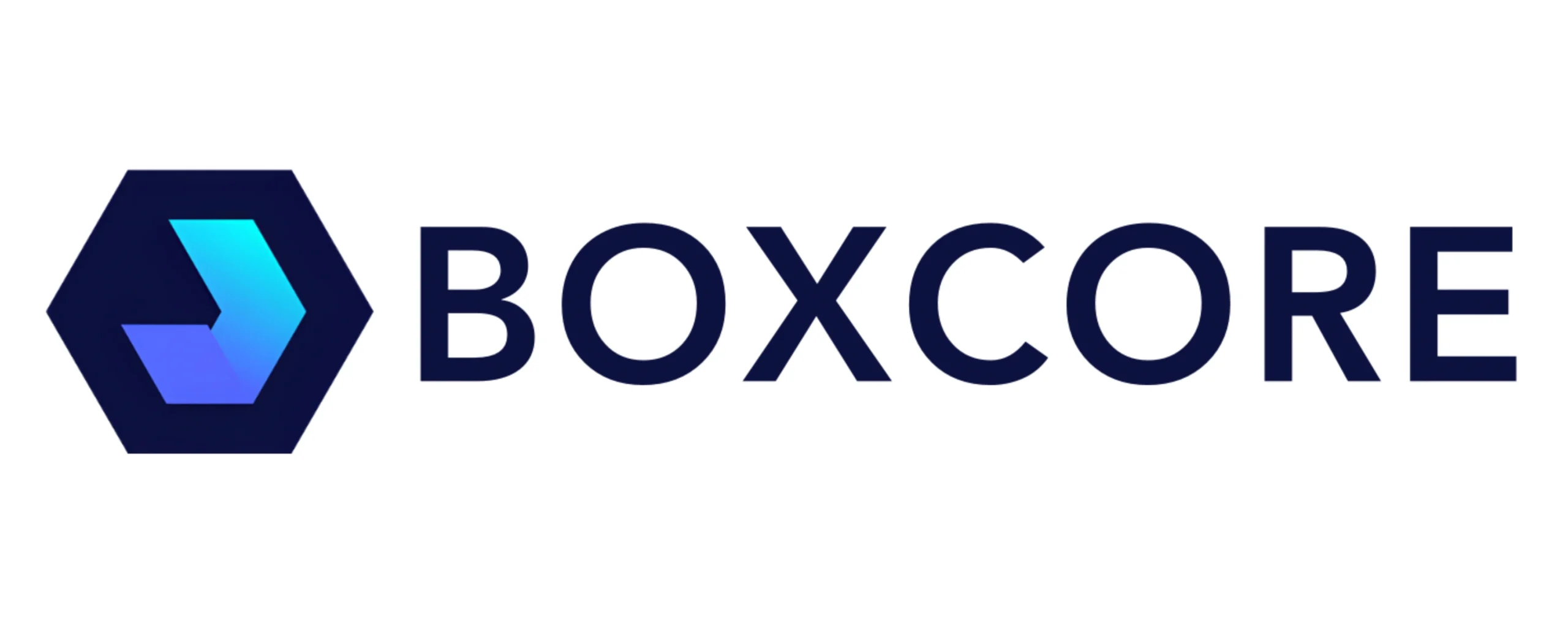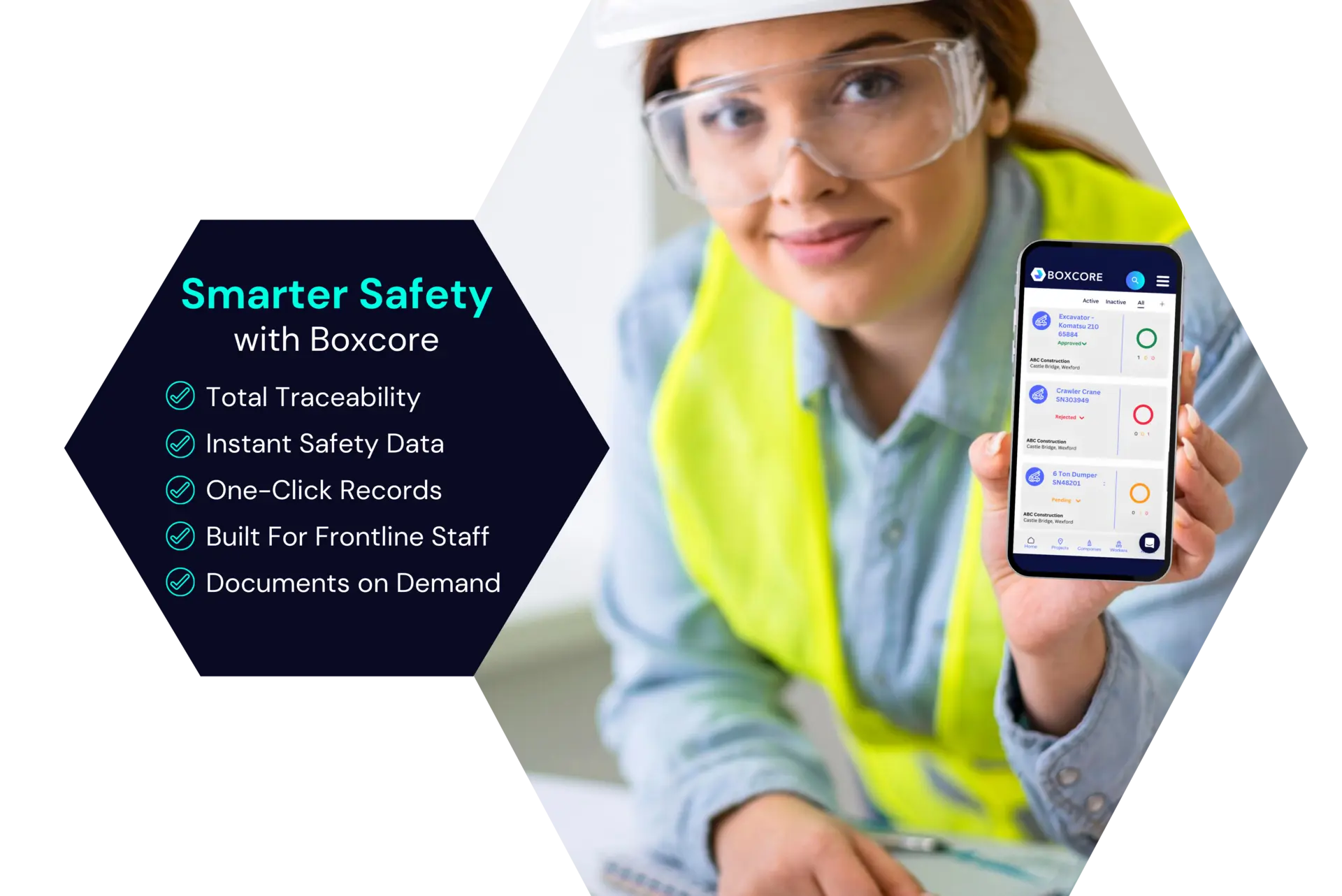Construction induction software plays a critical role in site readiness, compliance, and workforce coordination. Whether you’re managing a 10-person fitout or a 1,000-person infrastructure build, the induction process sets the tone for safety, productivity, and compliance across the lifecycle of the job. Yet, far too many firms still rely on spreadsheets, manual signatures, and fragmented systems that make onboarding slow and error-prone.
This article breaks down the essential features to look for when selecting construction induction software—especially if you’re aiming to speed up onboarding, maintain compliance with CSCS or Safepass requirements, and avoid costly delays.
Why Induction Software Matters
Construction sites are high-risk environments. New workers must be briefed on hazards, protocols, site rules, and documentation requirements before stepping on site. This process—when done manually—is slow, inconsistent, and leaves room for mistakes. Poor inductions can lead to untrained workers, increased safety incidents, failed audits, and non-compliance with legislation like the UK’s CDM regulations or NYC’s Local Law 196.
Digital induction software eliminates these risks by standardising the process, ensuring proper document capture, and giving safety managers instant visibility across their workforce. For subcontractors, it reduces onboarding friction. For Tier One contractors, it ensures consistent standards across multiple sites.
Let’s break down what the best induction systems should include.
1. Mobile-First, Easy-to-Use Interface
The reality on-site is that most inductions are happening in busy, noisy environments. The software must be designed for the people using it—site supervisors, safety officers, and operatives. If it takes 30 minutes of training to use, it’s too complex.
Boxcore is a good example of software that prioritises frontline adoption. Operatives can complete inductions directly on their phone, and supervisors can verify compliance in seconds from a tablet or laptop. As noted in our product overview, teams typically go live within 24–48 hours, even with large data migrations.
Key criteria:
- Mobile-compatible
- Simple interface for site teams
- Minimal training required
2. Structured, Customisable Induction Flows
Every site has different risks and requirements. Good software should allow you to tailor induction content to your specific job type, phase, or subcontractor role. You should be able to create digital checklists, upload RAMS, include site-specific rules, and verify that the worker has understood everything.
With Boxcore, you can design digital inductions that cover everything from PPE requirements to site logistics. This includes collecting documents like CSCS or SST cards and verifying training status on the spot—perfect for teams working in the UK, Ireland, or New York.
Explore how this is delivered across different contractor types here and here.
3. Fast Onboarding for Large Teams
Onboarding five workers in a morning is easy. Onboarding 500 over multiple shifts, across rotating subcontractors, is where induction software is truly tested.
You need a system that scales with minimal delay—allowing operatives to upload documents in advance, complete their induction remotely or onsite, and get assigned an approved status. Boxcore’s approach includes facial recognition integration to streamline clock-in and access control, ensuring only inducted workers enter the site see our access control software.
Look for software that:
- Works across shifts and subcontractor teams
- Offers bulk uploads or automated worker invites
- Tracks completion rates in real time
4. Integrated Document and Training Record Management
A major headache for safety officers is reconciling worker documentation across multiple systems. Good induction software should plug directly into your training registers, document repository, and access control tools. That way, once a worker completes their induction, you immediately know if their certifications are current or expiring.
Boxcore eliminates manual double-handling by linking induction records to digital safety files. From a single interface, teams can verify Safepass or CSCS validity, assign Safety Documents, and export training logs instantly. This is especially important when preparing for audits or site inspections.
Discover how this connects to our full document management features.
5. Real-Time Visibility for Site Teams and HQ
Superintendents, project managers and HSE leads need oversight. It’s not enough to complete inductions—you must prove compliance at any point in time.
Real-time dashboards that show who’s inducted, who’s onsite, and who’s missing documents are essential. With Boxcore, these views are available from any device and can be filtered by subcontractor, project, or region. This simplifies both daily operations and executive reporting.
Features to look for:
- Role-based dashboards
- Attendance synced with induction status
- Exportable compliance logs
To learn how Boxcore helps teams manage this across multiple sites, see our construction safety software page.
6. Facial Recognition & Secure Access Control
A powerful feature of modern induction platforms is biometric integration. This links worker identity directly to site entry, ensuring only those who’ve completed inductions and hold valid credentials can access the site.
Boxcore uses facial recognition through its mobile app and integrates with leading turnstile hardware. It works seamlessly on sites in Ireland, the UK, and NYC—supporting local card formats like CSCS, Safepass, and SST. This level of control also helps with emergency roll-calls and insurance documentation.
Read how this is transforming access control in construction here.
7. Instant Audit Readiness
Whether you’re managing a Tier One framework contract or a residential extension, you need confidence that your records are audit-ready. Construction induction software must maintain an automatic trail of who completed what, when, and how.
Boxcore automates registers for inductions, training, assets, and documents. You can present a single source of truth to clients, regulators, or internal reviewers at any time. This is especially useful when operating in compliance-heavy environments like New York or on ISO 45001-certified projects.
You can also read more about Boxcore and ISO 45001 compliance.
8. Support for Local Compliance Needs
Every region has its own requirements. Your software should reflect that. Whether you’re collecting SST cards in NYC, Safepass in Ireland, or CSCS in the UK, your platform should validate and track this accurately.
Boxcore is used across Ireland, the UK, and the US—giving teams confidence that they’re collecting the right documentation and staying on top of local compliance laws like Local Law 196 in New York.
Final Thoughts
Choosing the right induction software can significantly reduce delays, improve safety, and simplify compliance for your site teams. Look beyond marketing demos and prioritise tools that work on the ground, at pace, with little training required.
Boxcore has proven to deliver these results across 1,100+ projects, from data centres and civils to commercial towers and local housing jobs. As Padraig Reilly, CEO of Boxcore, puts it:
“At the end of the day, our goal is simple: we want to give contractors tools that actually make their lives easier on site. It’s about cutting down the admin, improving safety and helping teams get the job done with less hassle.”
To learn more or schedule a walkthrough, visit www.boxcore.com/product-features. If you’re looking to streamline onboarding even further, you may also want to explore our article on effective construction worker onboarding.
Boxcore isn’t just about ticking the compliance box—it’s about keeping your projects moving safely, smoothly, and on time. to find out why over 200 companies of all sizes are using Boxcore to simplify safety book a demo today.


